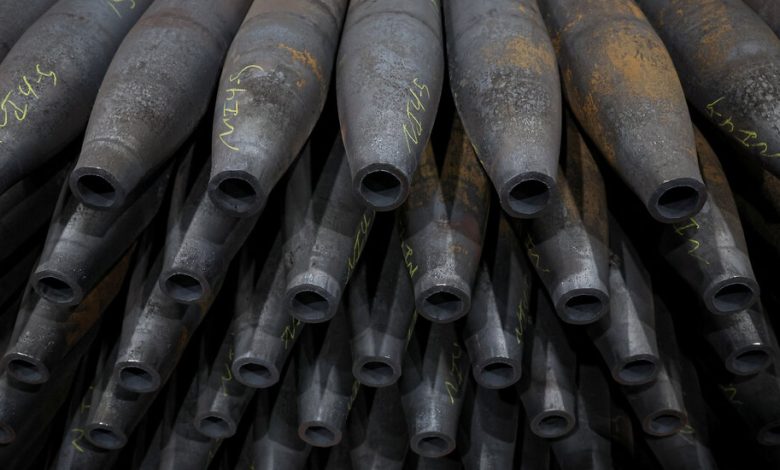J.D. Vance: The Math on Ukraine Doesn’t Add Up

President Biden wants the world to believe that the biggest obstacle facing Ukraine is Republicans and our lack of commitment to the global community. This is wrong.
Ukraine’s challenge is not the G.O.P.; it’s math. Ukraine needs more soldiers than it can field, even with draconian conscription policies. And it needs more matériel than the United States can provide. This reality must inform any future Ukraine policy, from further congressional aid to the diplomatic course set by the president.
The Biden administration has applied increasing pressure on Republicans to pass a supplemental aid package of more than $60 billion to Ukraine. I voted against this package in the Senate and remain opposed to virtually any proposal for the United States to continue funding this war. Mr. Biden has failed to articulate even basic facts about what Ukraine needs and how this aid will change the reality on the ground.
The most fundamental question: How much does Ukraine need and how much can we actually provide? Mr. Biden suggests that a $60 billion supplemental means the difference between victory and defeat in a major war between Russia and Ukraine. That is also wrong. $60 billion is a fraction of what it would take to turn the tide in Ukraine’s favor. But this is not just a matter of dollars. Fundamentally, we lack the capacity to manufacture the amount of weapons Ukraine needs us to supply to win the war.
Consider our ability to produce 155-millimeter artillery shells. Last year, Ukraine’s then defense minister assessed that their base line requirement for these shells is over four million per year, but said they could fire up to seven million if that many were available. Since the start of the conflict, the United States has gone to great lengths to ramp up production of 155-millimeter shells. We’ve roughly doubled our capacity and can now produce 360,000 per year — less than a tenth of what Ukraine says it needs. The administration’s goal is to get this to 1.2 million — 30 percent of what’s needed — by the end of 2025. This would cost the American taxpayers dearly while yielding an unpleasantly familiar result: failure abroad.
Just this week, the top American military commander in Europe argued that absent further security assistance, Russia could soon have a 10-to-1 artillery advantage over Ukraine. What didn’t gather as many headlines is that Russia’s current advantage is at least 5 to 1, even after all the money we have poured into the conflict. Neither of these ratios plausibly lead to Ukrainian victory.




